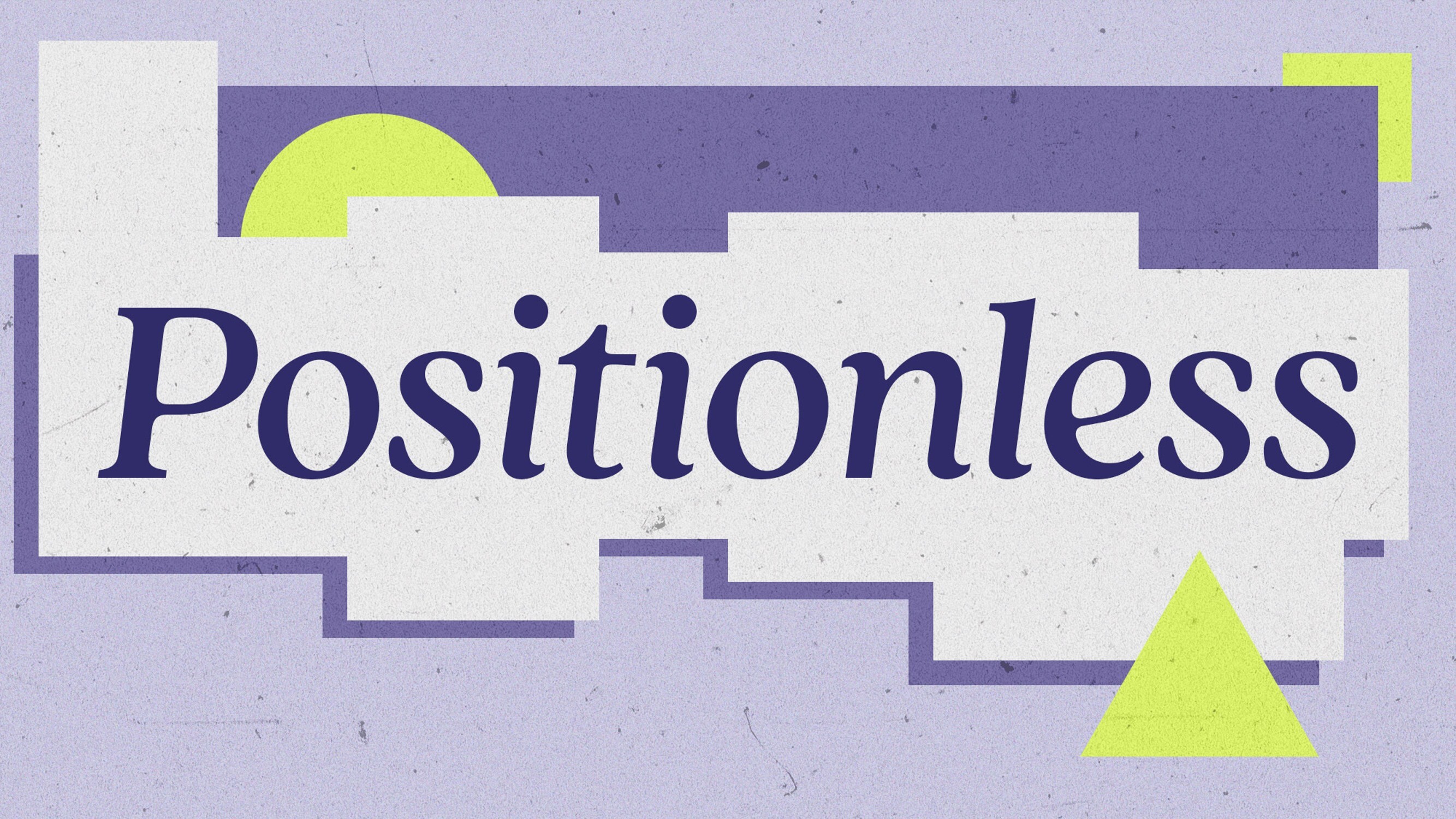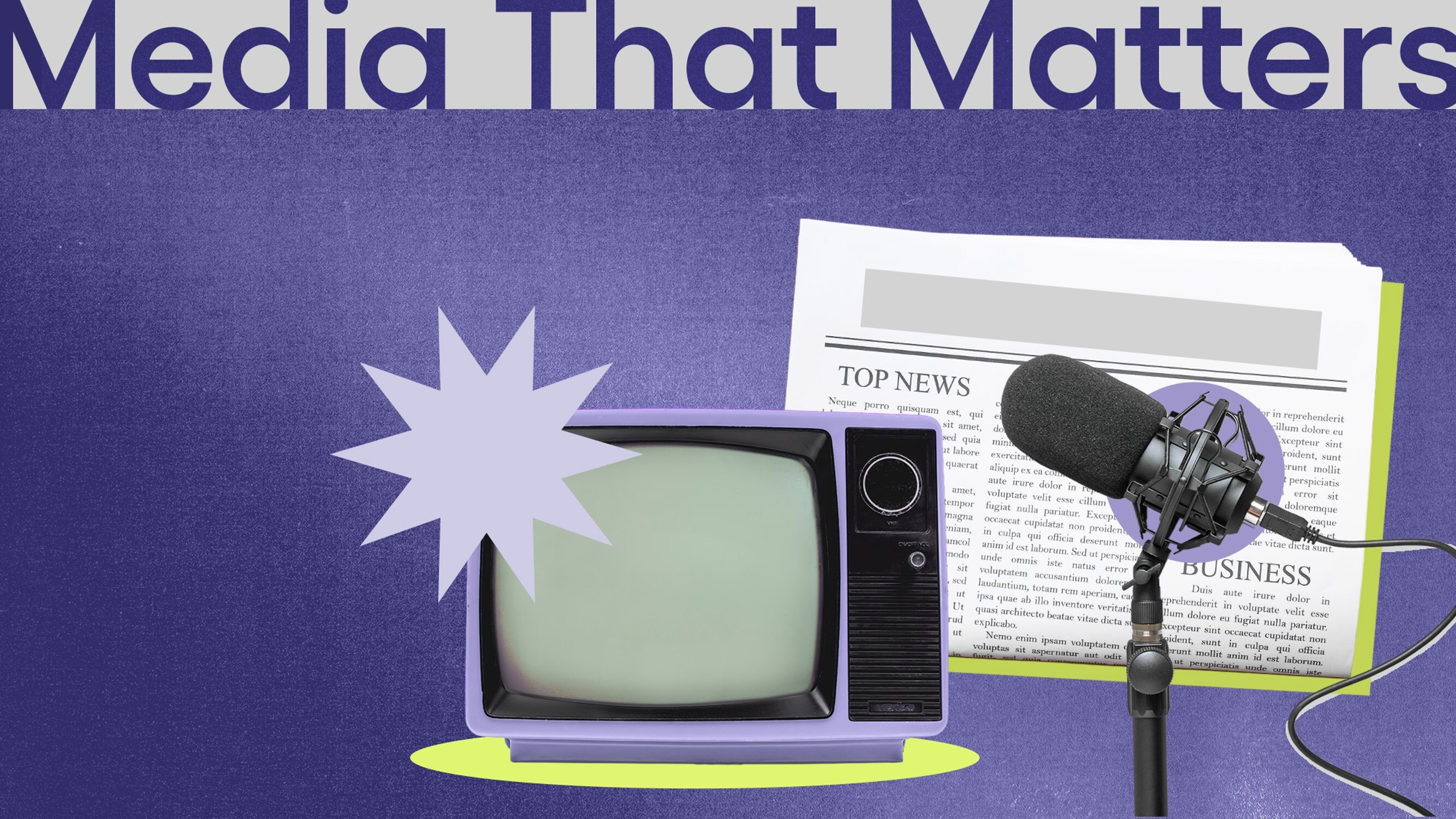
AI and the Retail Marketer’s Future
How AI transforms strategy and processes, driving the adoption of Positionless Marketing
Exclusive Forrester Report on AI in Marketing

I recently had a chat with a marketing executive at a big gaming company about what he referred to as the “good old days of mobile gaming”. Back then (15 years ago), players were “low maintenance and stupidly cheap,” he said. “It’s not what it used to be.”
Having to deal with market saturation and spiking marketing costs, marketers are finding it increasingly difficult to post healthy ROI; cost-per-install (CPI) is three times higher than it was 15 years ago, and day-one retention has halved. Players have plenty of choice and little attention; 71% of users won’t open a game after 90 days of its installation.
Meanwhile, Newzoo reports show that in 2022, the global gaming market generated $184.4B in revenue, and fifty percent ($92.2B) is from mobile gaming alone.
However, while the pie is getting bigger, competition is getting fiercer, and the pieces of the pie are shrinking. The majority of this growth will be won by companies who shift their attention from user acquisition to retention, and who incorporate monetization strategies that are player-centric rather than product-centric.
Based on conversations I’ve had with mobile gaming execs, I’d estimate that most marketing departments allocate between 80-95 percent of their budget to user acquisition (UA). This traditional UA-centric approach assumes it’s still 2010 — when traffic was cheap and loyal. But players have become more expensive to attract and more likely to churn, and today most companies run UA as if pouring water into a bucket full of holes.
Retention & monetization marketing — namely marketing targeted at players that exist within the database — is more effective than user acquisition marketing in terms of ROI. The industry benchmark for user acquisition ROI is around 1.5X (calculated as player lifetime value divided by cost-per-install). In contrast, ROI from retention & monetization marketing is about 3-10X (calculated as revenue uplift from test vs. control campaigns, divided by monthly retention marketing spend).
There are two simple reasons for this. First, retention & monetization marketing is cheaper than UA. The two most common retention & monetization marketing channels – mobile push notifications and in-app messaging – are free. Second, and more importantly, retention & monetization marketing can be a lot more data-driven than UA. Players within the database carry a treasure trove of player data and can therefore be targeted with smart personalized marketing, as opposed to UA in which targeting players is done with scarce data. And yet, many marketers invest the vast majority of their marketing budget in UA and leave the scraps to some retargeting efforts.
Marketing teams are also UA oriented from an organizational standpoint. Even in companies with 3-4 large games and millions of installed users (namely companies with goldmines of databases begging for smart retention marketing), the UA team will usually outnumber the CRM team at least 4 to 1. Some companies won’t even have a dedicated CRM Manager at all. Instead, they’ll define the UA Manager’s position as that which requires “managing retargeting campaigns” (perhaps prioritized below “excellent communication skills”).
The solution isn’t just shifting budget from acquisition to retention; marketers need to evolve how they think about retention and monetization ( for four use cases mobile gaming apps have implemented to drive loyalty, retention, and higher lifetime value).
Most marketers today run traditional product-centric retention marketing, which means they send generic messages to large groups of heterogenous players. This doesn’t take into account the individual player’s behaviors and preferences, and the result is a high price of generalization. For example, the marketing team decides to display a particular in-app message to all users at the end of level 7 because it performed better in an A/B test than a message displayed at the end of level 6. This assumes all players behave in roughly the same way, which we know isn’t true.
Retention & monetization marketing at their best are player-centric, tailored to the unique behavioral data points of each player. The more tailor-made the messages, the more likely an individual player is to respond to the message and to spend time and money within the app as a result.
In fact, at many mobile gaming companies the product team owns internal communications with players (in-app messages), while the marketing team owns external communications with players (email, Facebook, GDN, TikTok, etc). This is the epitome of a product-centric approach, and it’s perhaps the strongest testament of the prevailing product-centric psyche most gaming companies suffer from. A critical aspect of player-centric retention & monetization is having all such operations managed by a designated CRM team that oversee all communications with players found within the database (whether in-app or external communications).
Making such adaptations isn’t easy. Most importantly, a shift must take place in the psyche of marketing teams: from acquisition to retention, and from a product-centric approach to player-centric. It’s time for marketers to acknowledge the end of the beginning of mobile gaming, and to embrace a new era in which players are “[high] maintenance and stupidly [expensive]”.
Exclusive Forrester Report on AI in Marketing
In this proprietary Forrester report, learn how global marketers use AI and Positionless Marketing to streamline workflows and increase relevance.


Writers in the Optimove Team include marketing, R&D, product, data science, customer success, and technology experts who were instrumental in the creation of Positionless Marketing, a movement enabling marketers to do anything, and be everything.
Optimove’s leaders’ diverse expertise and real-world experience provide expert commentary and insight into proven and leading-edge marketing practices and trends.


